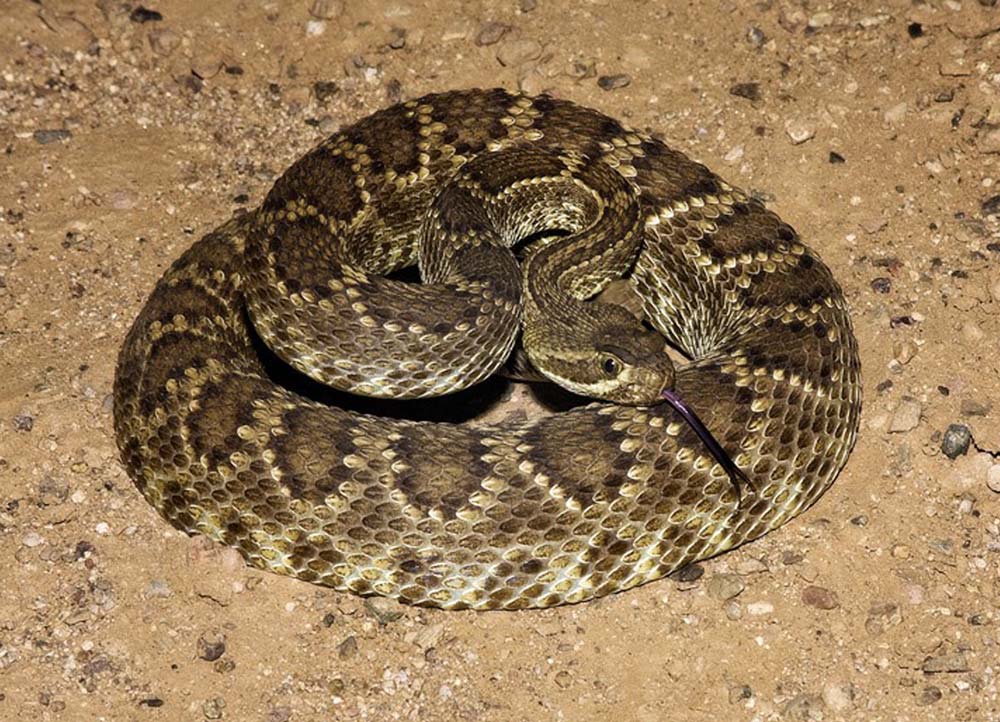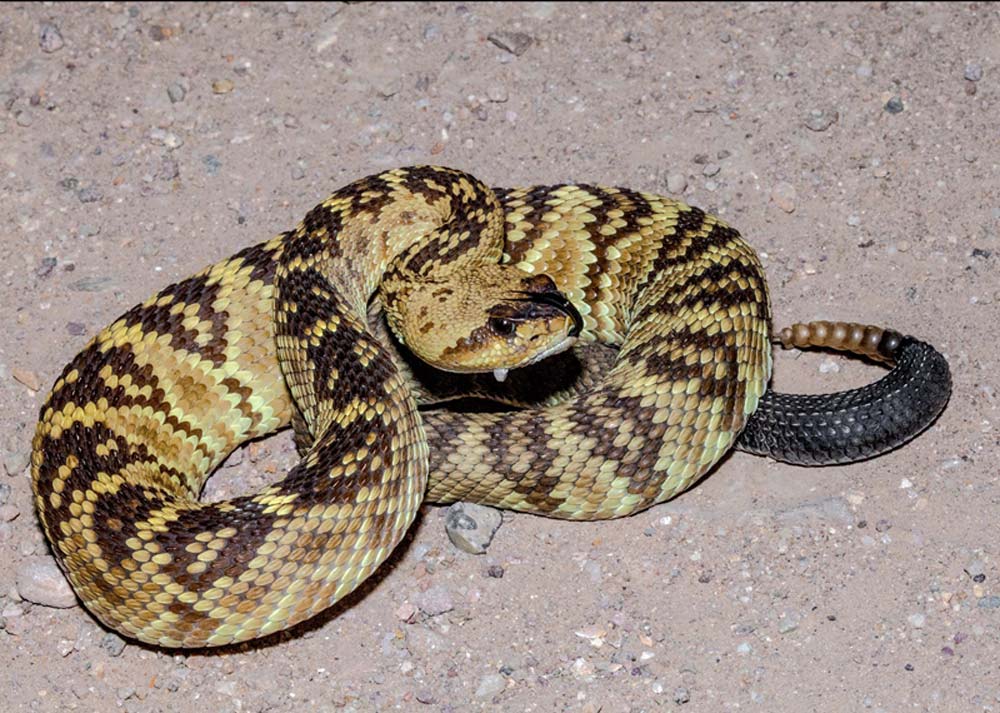Venomous Snakes in the Tucson Area
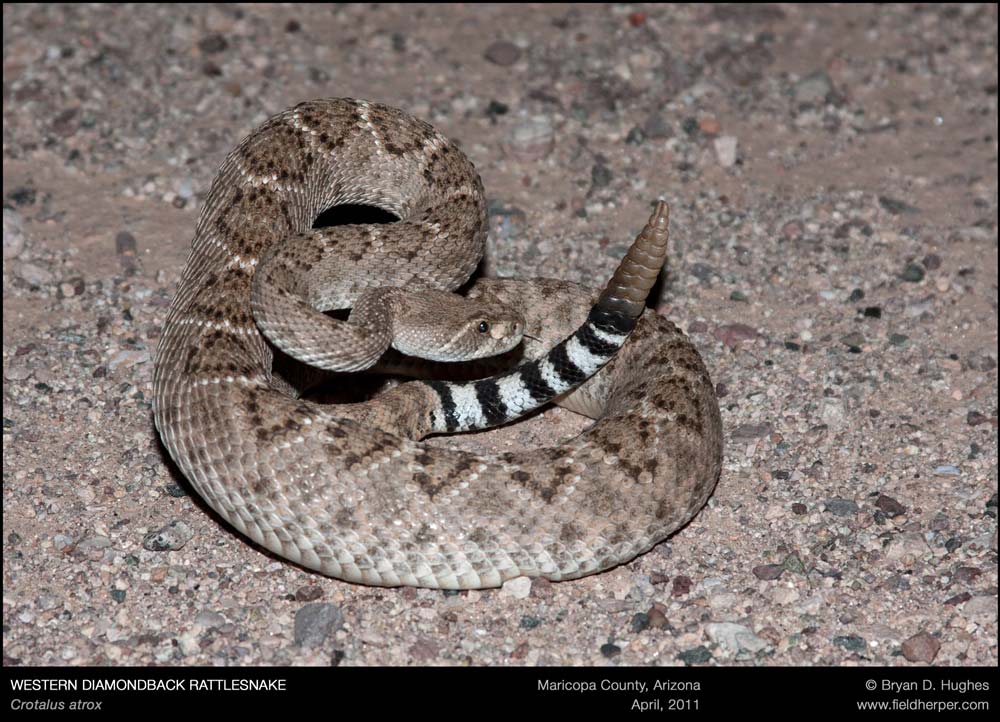
Western Diamondback Rattlesnake
The most common rattlesnake species in the area. This rattlesnake generally gets to about 4' long, and may be tan, brown, or grey. It has a diamond pattern on the back, and is generally more speckled or "dirty" in appearance than the similar-looking Mojave Rattlesnake.
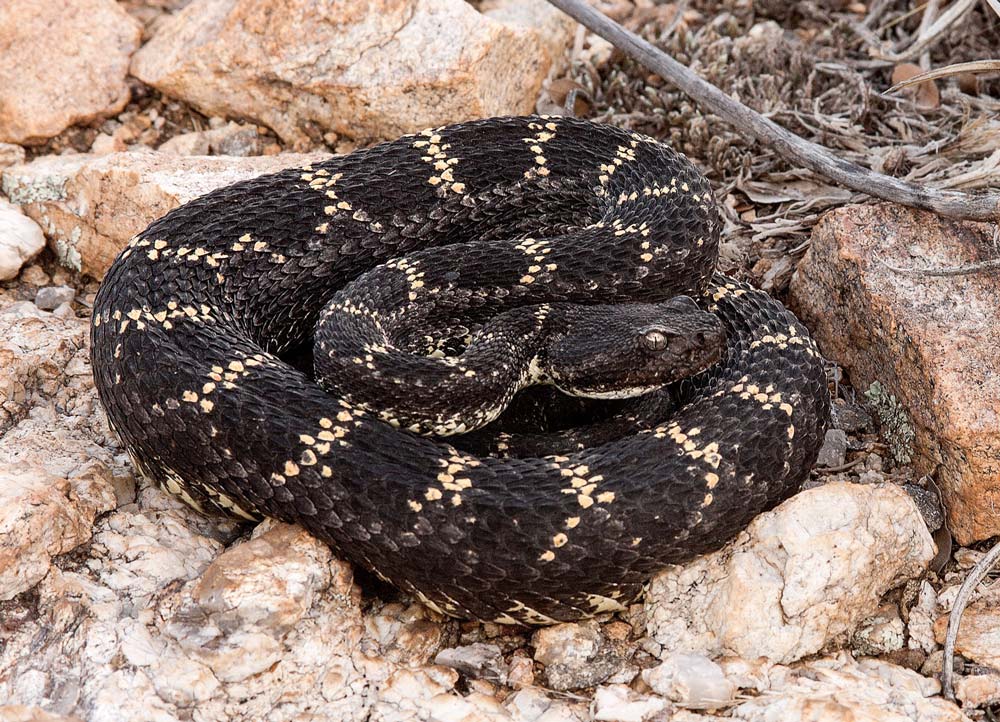
Arizona Black Rattlesnake
Sometimes mistakenly called "Timber Rattlesnake" by locals, the Arizona Black Rattlesnake is a mountain species common just North of Tucson. As the name states, they are most often black or dark brown. Babies are born with a heavy pattern which fades into adulthood.
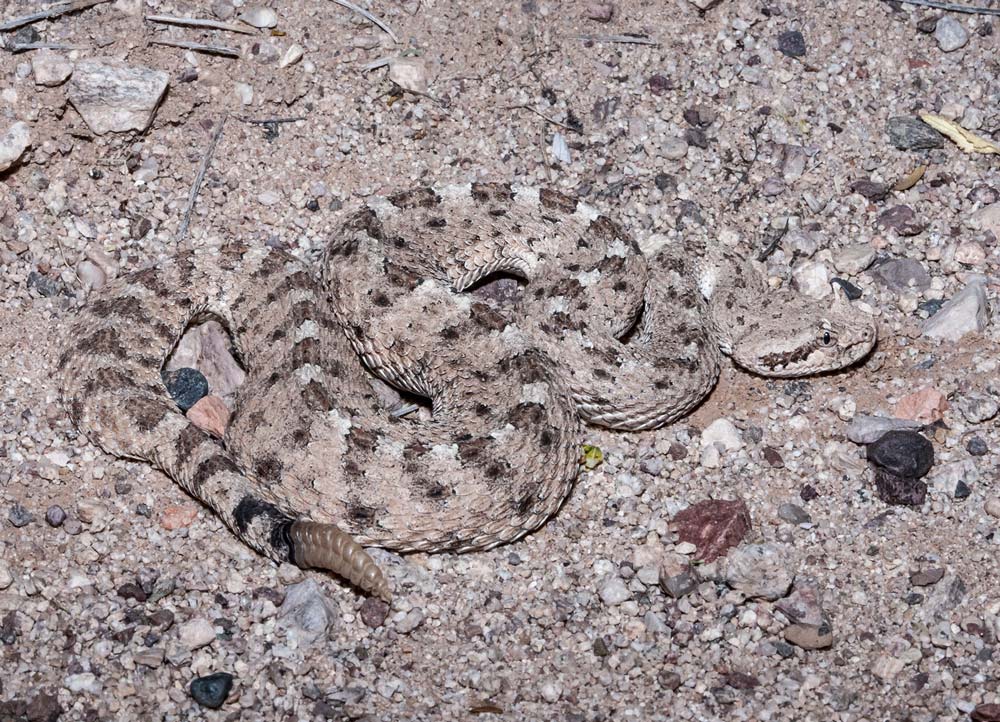
Sidewinder
The sidewinder is extremely common in flat, sandy areas just West of Tucson. They are small (2' or less) and have characteristic "horns" above each eye. They also move with a unique sidewinding motion to protect themselves from desert heat.
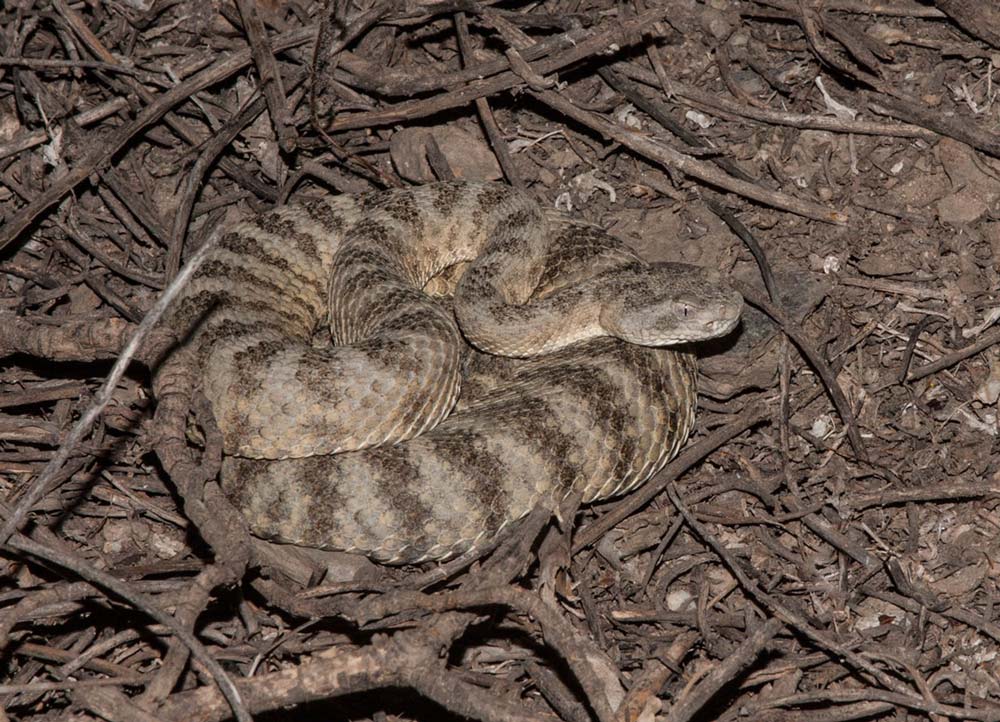
Tiger Rattlesnake
This small rattlesnake is found near foothills and mountainous areas, or in flats between them. They are generally small (3' or less) and have an unusually small head compared to other rattlesnake species. They're often mistaken for Speckled Rattlesnakes, which do not live near Tucson.
Harmless Snakes in the Tucson Area
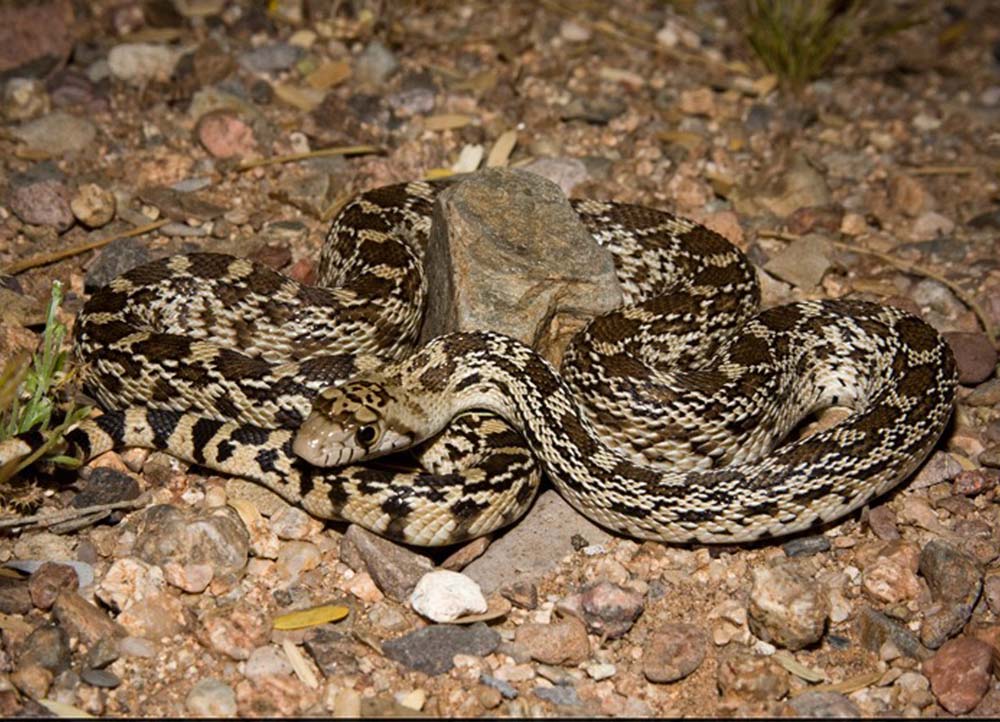
Sonoran Gophersnake
This is the second most common snake we are called to relocate, second to the Western Diamondback. They can be large, over 5', and are often mistaken for a rattlesnake. When threatened, they may rattle their tail and hiss, though it's all just a show. Yellow or brown with dark brown or black pattern ending in stripes near the tail.
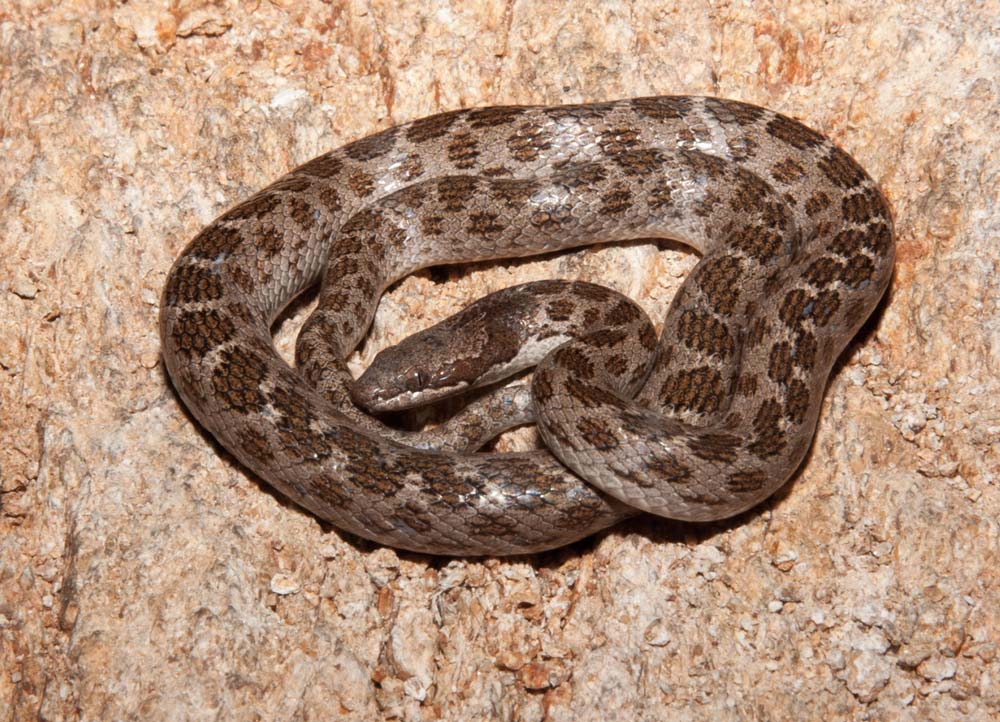
Nightsnake
This species is often mistaken for a rattlesnake, due to eliptical pupils and tendency to coil when resting, and pattern closely resembling that of a twin-spotted rattlesnake. They are the most likely species to find in a bathroom, laundry room, or garage. They are harmless and do not bite.
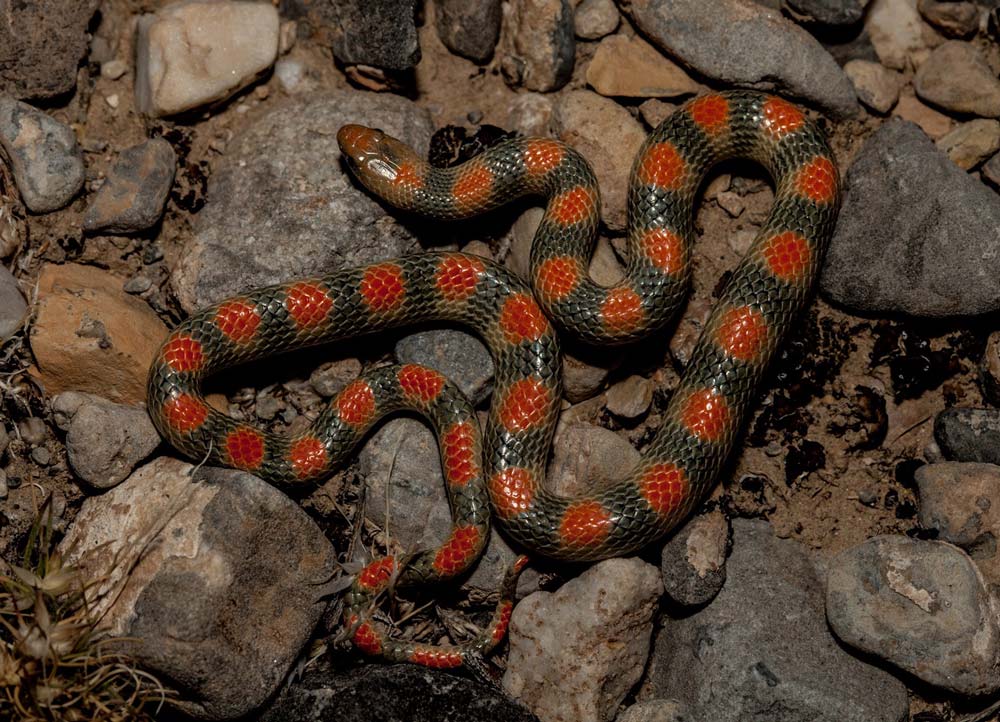
Groundsnake
harmlessGroundsnakes are small (under 1' long) and very common throughout the city, anywhere there is grass and insects to eat. They are variable in color and pattern, and may be red, striped, tan, and any combination in between. They are harmless, do not bite, and good to have in the yard.
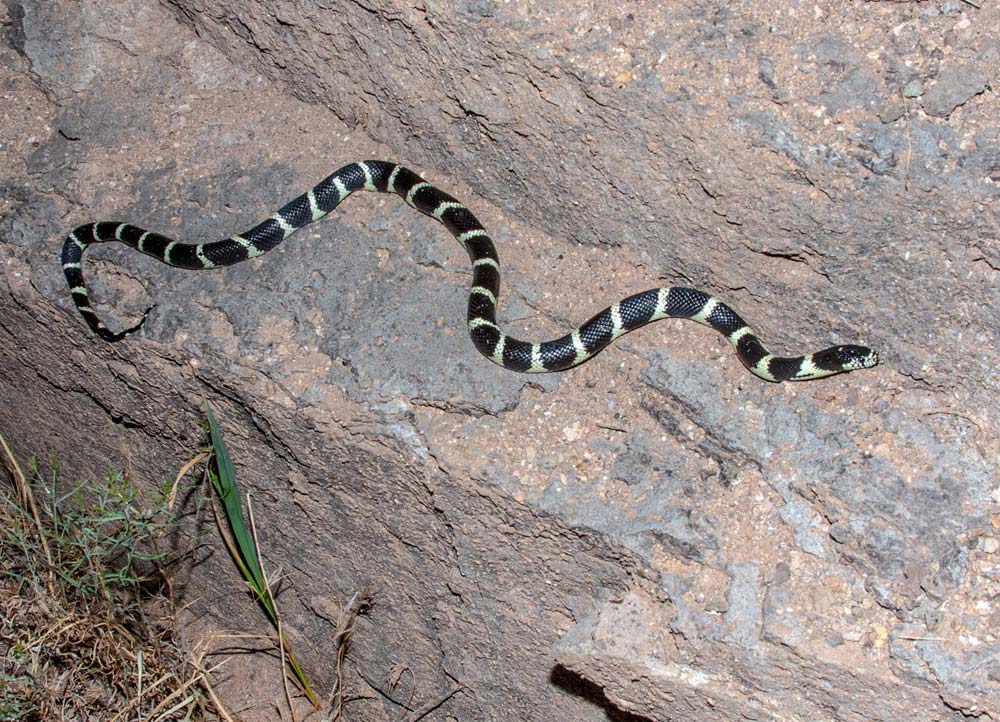
Kingsnake
Common in the pet trade, the white and black banded pattern of the kingsnake is hard to miss. East of Tucson, their pattern may change to a more 'chainlink' type pattern. Kingsnakes are hamrless and actually eat rattlesnakes. These are great to have in the yard.
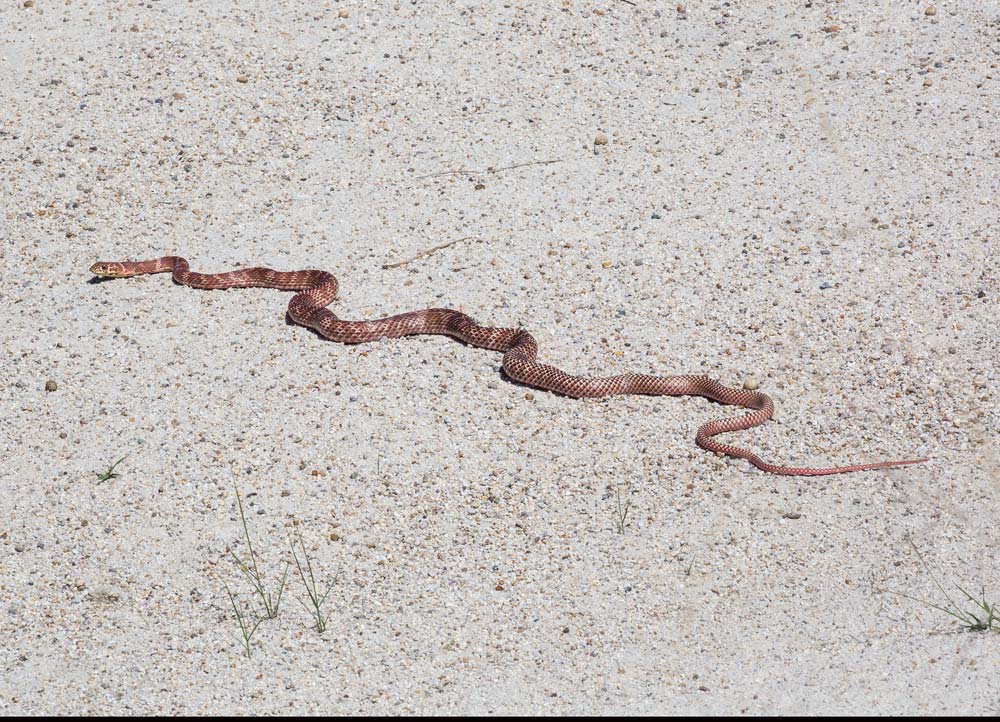
Coachwhip (Racer, or Red Racer)
These are moderately large, fast snakes that can be a variety of colors, from black or brown, to a brilliant pink or red. Long and slender, they are difficult to capture and are harmless, though if picking one up will likely result in a bite. They also eat rattlesnakes, and should be left alone.
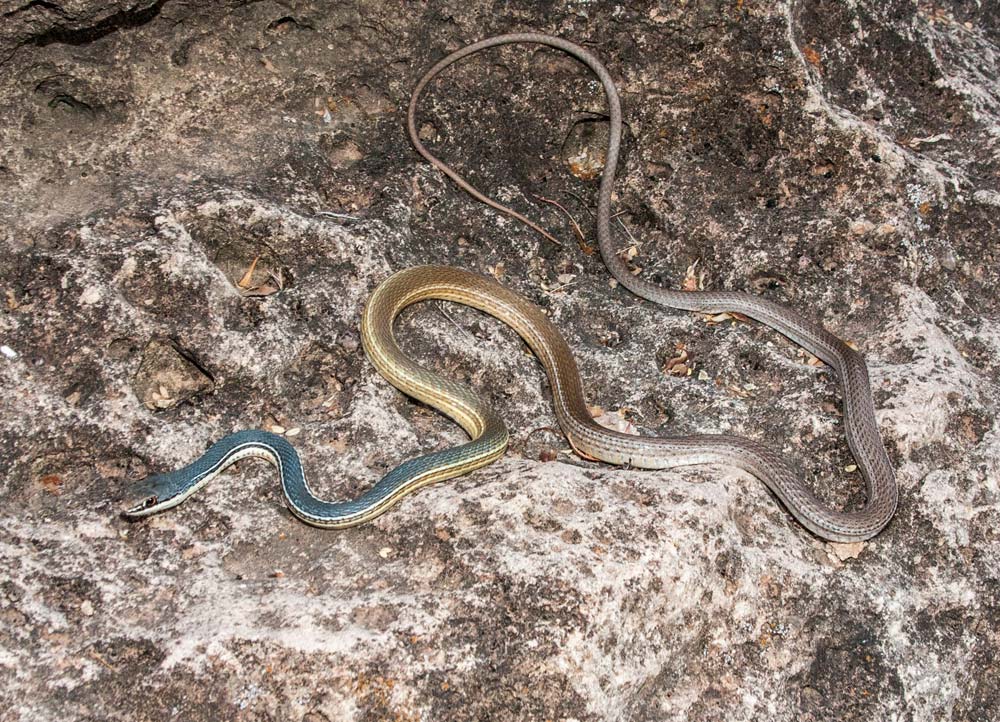
Whipsnake
These slender, fast snakes are sometimes mistaken for coachwhips. They can be large, with adults being around 4', but are less variable than coachwhips. Usually grey in color fading into brown, and stripes may be visible going down each side. These are harmless, and may feed on other snakes (including rattlesnakes)
